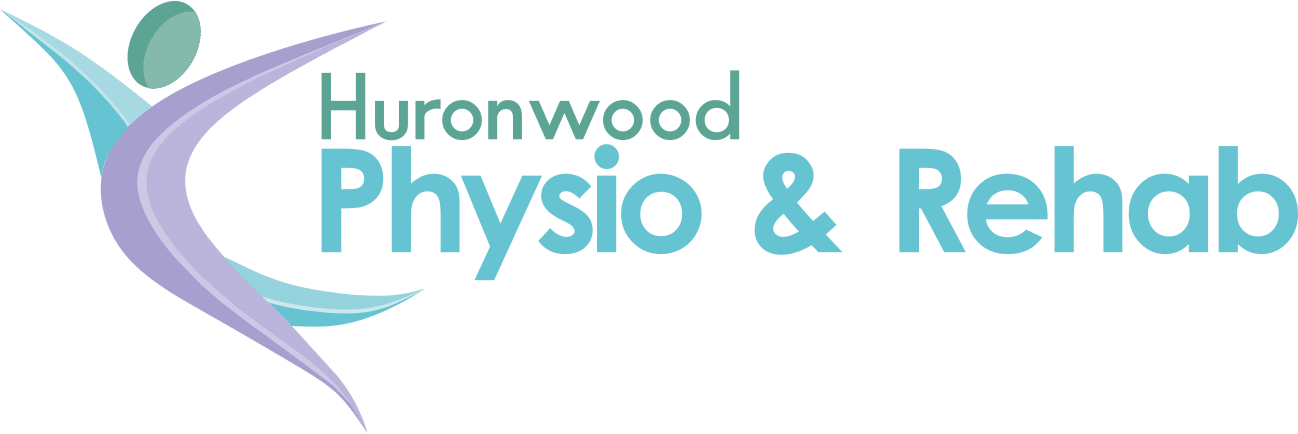
LASER THERAPY
Radiation. LASER Therapy is also known as photobiomodulation. It entails the use of specific wavelengths of light (red and near infrared) to generate a photochemical response in damaged or dysfunctional tissue.
The LASER works by creating an increase of vasodilatation (blood supply), bringing in oxygen to the cells. It stimulates the lymphatic system, pulling edema (swelling) and inflammation from the area. ATP (Adenosine triphosphate) production is stimulated in the cells, helping them have the energy to function normally. The pain reflex is broken, offering immediate relief of pain.
Laser therapy is capable of easing discomfort, diminishing inflammation, and expediting recuperation across a diverse spectrum of acute and chronic clinical conditions. Remarkable decreases in edema (swelling) have been observed, while tissues exhibit enhanced fluid movement through lymphatic drainage pathways.
Approved by the FDA in 2003, Class IV LASER therapy has emerged as the prevailing standard of care for a multitude of musculoskeletal injuries. Class IV LASERs possess the capability to penetrate more than 4 inches into deep musculoskeletal tissues. The quantity of required treatments varies based on the ailment’s nature and the duration of its impact on the patient. While certain conditions may be resolved with as few as one treatment, chronic or deeply-rooted issues might necessitate up to 10 sessions.
Recent endorsements of LASER therapy technology have been granted by esteemed professional organizations including the American Physical Therapy Association (APTA), World Health Organization (WHO), and International Association for the Study of Pain (IASP). Notably, LASER therapy holds no known side effects, and its outcomes endure over an extended period.
Laser therapy is an effective treatment for which conditions?
- Tendonitis.
- Rotator Cuff Tears.
- Knee Pain or Osteoarthritis.
- Tennis and Golfer’s Elbow.
- Calcifications.
- Fractures with Soft Tissue Damage.
- Ligament and Tendon Tears.
- Sprains and Strains.
- Plantar Fasciitis.
- Degenerative Disc Disease.
- Bursitis.
- Chondromalacia Patella.
- TMJ.
- Carpal Tunnel Syndrome.
- Whiplash.
- Neck Pain or Shoulder Pain.
- Lower Back Pain.
What are the benefits of laser therapy?
Utilizing the power of light, laser physiotherapy treatment accelerates the recovery and restoration of tendons, muscles, and impaired tissues. This innovative approach offers numerous advantages, a few of which are outlined below:
- Accelerated Healing: Noticeable improvements can be experienced right from the initial session. Laser therapy expedites cellular regeneration and growth, hastening the healing process.
- Enhanced Blood Flow: By enhancing blood circulation to injured tissues, muscles recuperate at an accelerated pace.
- Safety and Efficacy: Laser treatment is entirely secure, delivering swift and effective relief from pain and inflammation.
- Prompt Results: The intensity of pain may diminish significantly after just the first session, providing rapid relief.

